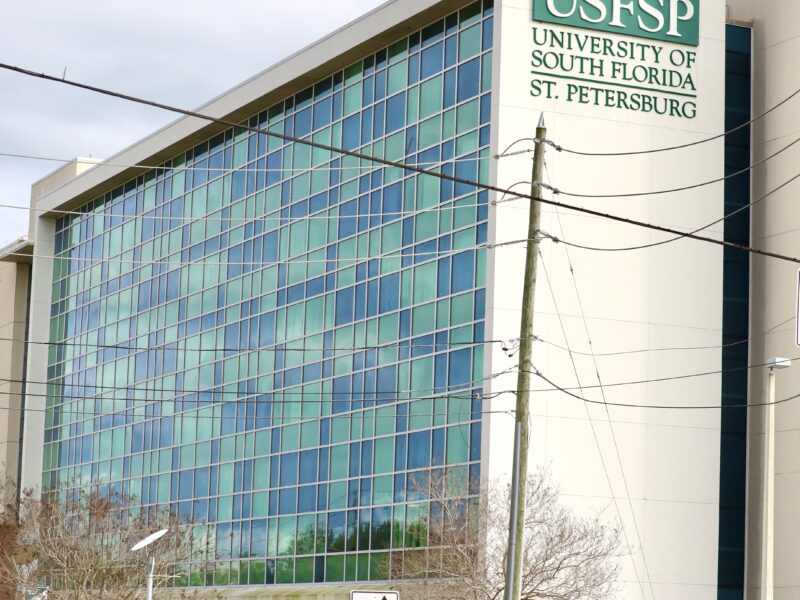 When the BP oil spill, also referred to as the Deepwater Horizon oil spill, hit the Gulf of Mexico in 2010, USF’s College of Marine Science partnered with other institutions and began research within days.
When the BP oil spill, also referred to as the Deepwater Horizon oil spill, hit the Gulf of Mexico in 2010, USF’s College of Marine Science partnered with other institutions and began research within days.
Now, two large grants have been awarded to the College of Marine Science. One for $20.2 million is from the Gulf of Mexico Research Initiative (GoMRI), and one for $4.5 million is from the National Fish Wildlife Foundation (NFWF).
The spill was a result of an oil rig that exploded off the coast of Louisiana upon completion, killing 11 people. An estimated 170 million gallons of oil infested the waters and over 8,000 species were killed within the first six months, according to the National Wildlife Foundation. USF began research following the incident, resulting in federal grants.
Both grants will go toward continuing research on the effects of the largest oil spill in the history of the United States, but they each provide a separate purpose. Steven Murawski, a USF biological oceanographer, is the principal investigator for these grant funded projects.
The BP oil company paid out billions of dollars to organizations assisting in the “Gulf Coast Recovery,” and the money has gone toward a number of different places, including restoration, response and cleanup, claims and settlements, and damage assessment projects, according to BP’s website.
GoMRI, an independent research group, was given $500 million from BP. The group’s purpose is to study the impact the spill had on the environment and public health and to provide funding to research institutions to assist with research projects.
USF’s grant from GoMRI will be used to continue research through C-IMAGE#Center for Integrated Modeling and Analysis of Gulf Ecosystems#which was created by USF in 2012. C-IMAGE is comprised of 13 universities, both national and international.
The C-IMAGE project will continue to study the effects the spill had on the Gulf’s ecosystem, and will research what would happen if an event like this were to happen again.
The single $20.2 million grant is the largest the college has received for research on the oil spill. In the same week of receiving that grant, the College of Marine Science received another from NFWF for $4.5 million.
This grant also came from BP funding, who through plea agreements was subjected to provide NFWF $2.5 billion, which is to be used to fund projects that will benefit the Gulf.
The grant the college received from NFWF will be used over a three-year span and will provide necessary funds for a two-part project. The project’s purpose is to build a base map of the waters in West Florida through the use of an underwater sonar, and through a new high-tech camera system the college developed called C-BASS (Camera-Based Survey Assessment System).
“The offshore area in west Florida isn’t mapped very well,” Murawski said. “Those are prime habitats for a number of the species that we are all interested in, like red snapper and grouper.”
Murawski says that mapping out this area will add to the base of what is known substantially.
C-BASS will be attached to the back of a vessel, R/V Weatherbird II, and will sent to the ocean floor to record high-definition footage. C-BASS will be used to help determine the population of fish in certain areas.
The team, which will include scientist and post-doctoral grad students, plans to go out on 12 expeditions that will each be about two-weeks long. The project will begin next month.
“This project is going to a lot to advance marine protection, in terms of protecting these vulnerable species and help establish sustainable fisheries,” Murawski said.


